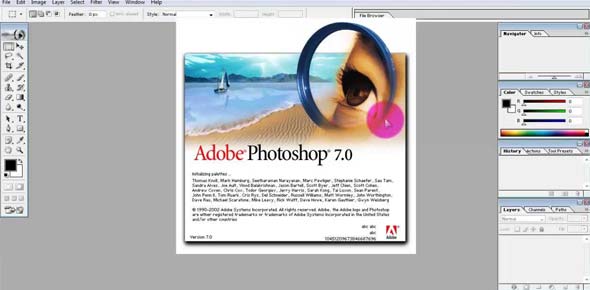Photoshop Cs3 Quiz 1
- ISO/IEC 19794-5
- IEEE 1857.4
2.
We’ll put your name on your report, certificate, and leaderboard.










 Back to top
Back to top






